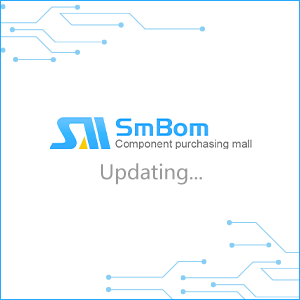Manufacturer
Please Input
- ADAM TECH
- Harwin
- Preci-Dip
- Omron Electronic Components
- TE Connectivity AMP Connectors
- AVX (Kyocera AVX)
- Yokowo
- ASSMANN WSW Components
- Mill-Max Mfg. Corp.
- Adafruit
- HYPERSPACE
- SparkFun Electronics
- Plastronics Sockets & Connectors
Package
Please Input
Packaging
Please Input
Images | Mfr.Part # | Category/Manufacturer/Package/Packaging | RoHS | Price | Quantity | Operate |
|---|
1
2
3
4
60
Contacts, Spring Loaded and PressureSpring-loaded and pressure contacts are two types of electrical contacts that are used in a variety of connectors and interconnects. These contacts are designed to make a reliable electrical connection with another contact, such as the pin of a connector or the pad on a printed circuit board.
Spring-loaded contacts are contacts that are held in place by a spring, which provides a constant force that presses the contact against the mating contact. This ensures a good electrical connection, even if the two contacts are not perfectly aligned. Spring-loaded contacts are commonly used in connectors that are subject to mechanical stress or vibration, as the spring helps to maintain the integrity of the connection.
Pressure contacts, on the other hand, are contacts that are held in place by a mechanical force that is applied by the connector itself. This force is typically generated by a screw, a lever, or another type of mechanical actuator. Pressure contacts are often used in connectors that are designed for high-density applications, where space is limited. They are also commonly used in connectors that require a high level of reliability, such as those used in military and aerospace applications.





